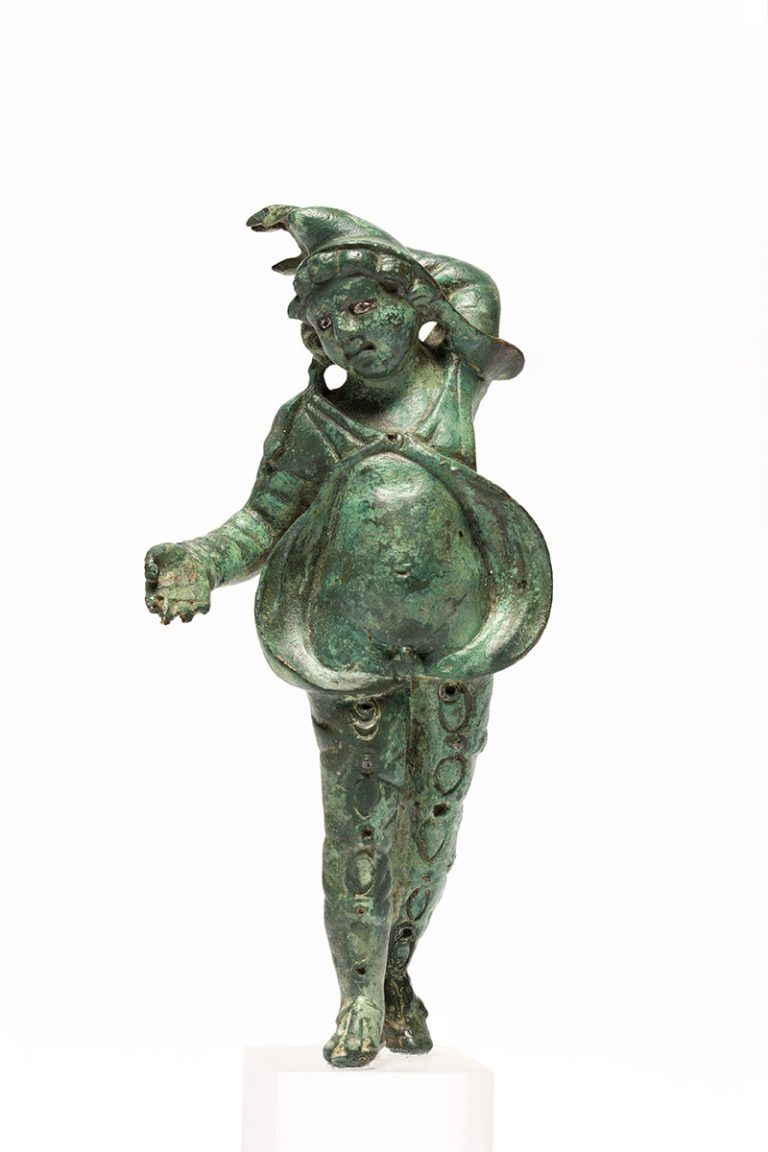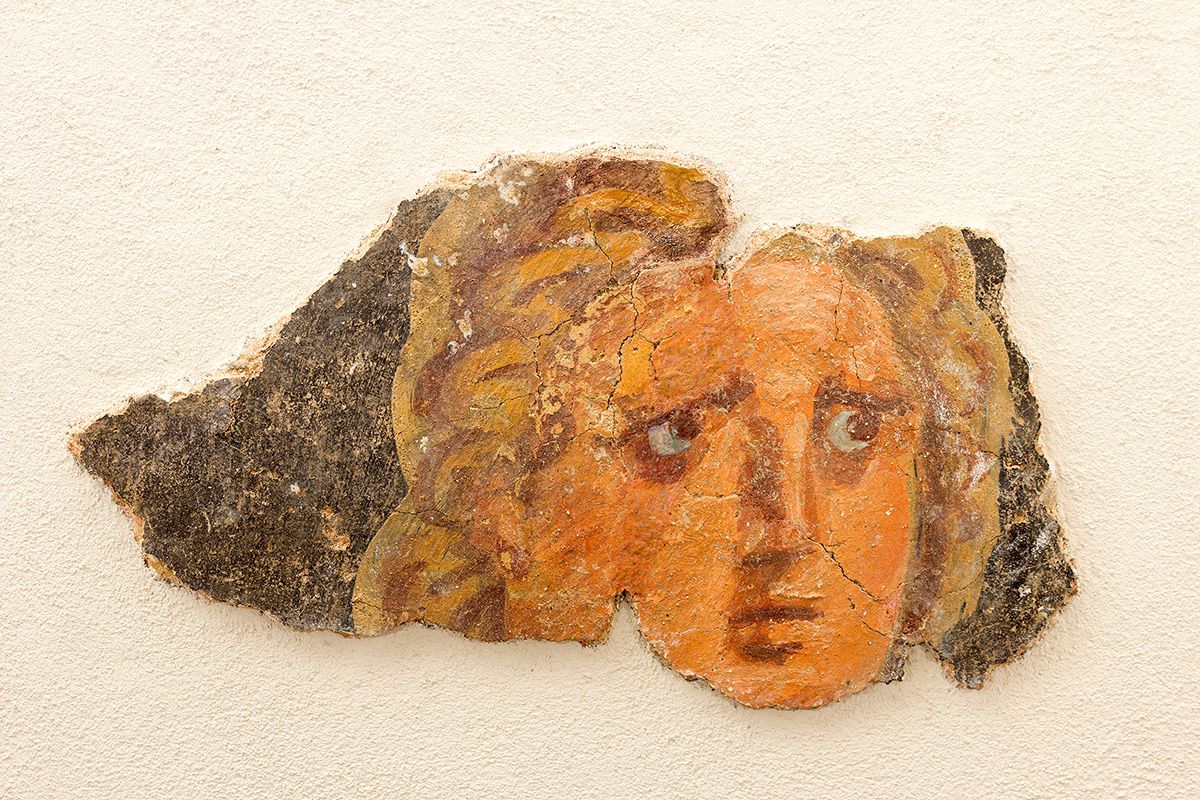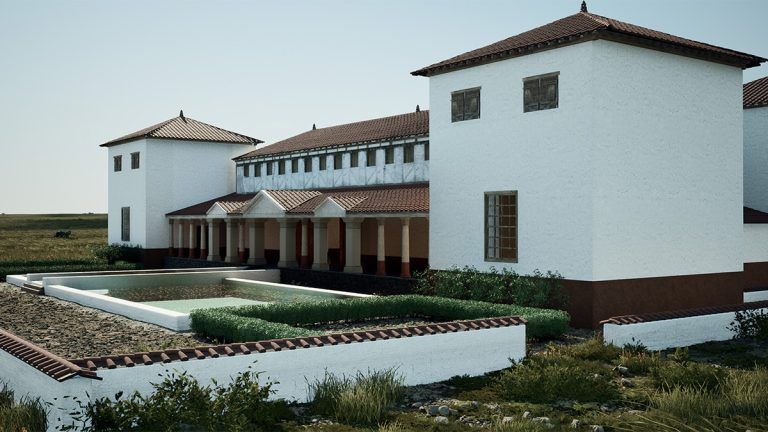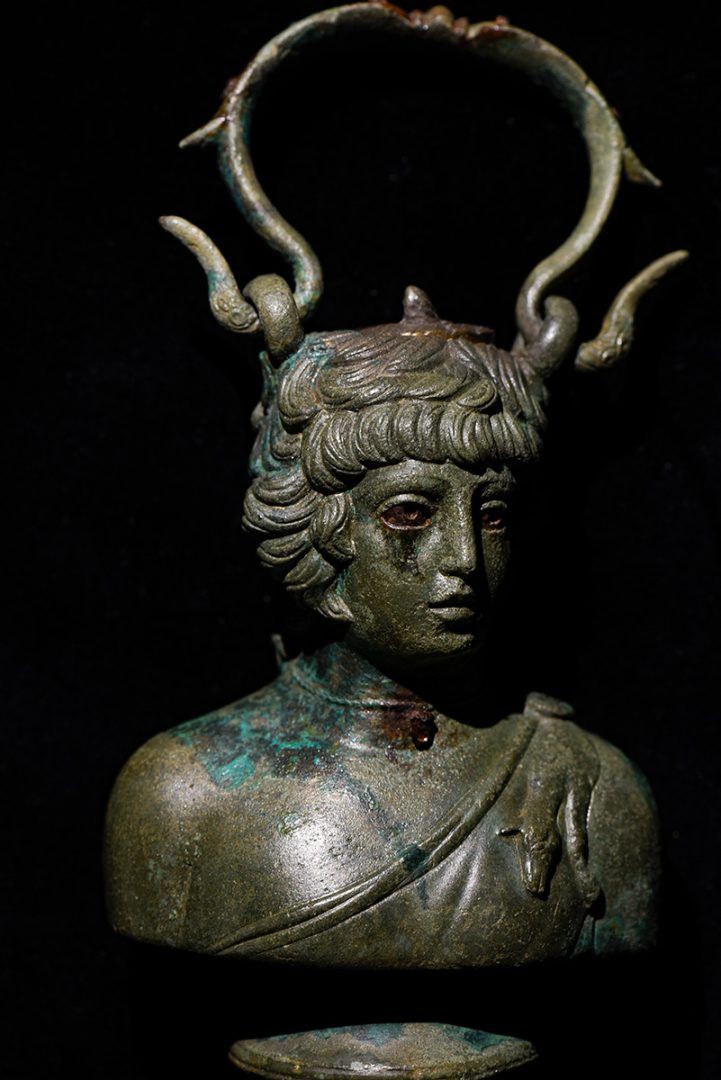Exhibition with over two hundred archaeological finds
on display until 25 August 2024
Luxurious country life in Roman-era Limburg
Two thousand years ago, there were hundreds of Roman villas, as the Romans called them, in the Dutch province of Limburg: huge arable farms that supplied the entire region with grain. More than twenty of these estates were excavated and researched in the past century, after which the finds were scattered. Now, for the first time, the most important archaeological finds from the villas have been brought together in this exhibition.
Luxurious country life
The villas in Limburg developed over time into complete country houses in Mediterranean style, with bathhouses and Roman innovations such as glass windows and underfloor heating. The owners were often buried on their own land, along with their valuables. With more than two hundred objects, models, 3D reconstructions and film, Roman villas in Limburg takes you back to this luxurious country life of two thousand years ago.
Reconstructed frescoes
Highlights include the metres-high reconstruction of a fresco from Maasbracht, showing gladiators and villa residents, and a glimpse of life at home with the ‘lady of Simpelveld’. Her villa and its interior were depicted in carvings on the sarcophagus in which she was buried. The exhibition also features roof tiles and agricultural tools, as well as figurines of amber, luxury mosaics and glassware. The personal possessions of the villa residents, such as a perfume-holder or a bronze cosmetics box, tell us more about who they were, what they did, and where they came from.
Stories and an interactive installation
The objects feature in stories about Roman life, agriculture in Limburg, and the significance of the estates within the wider Roman network. Special attention is paid to the residents of the villas, from the lady of the house to the people who tilled the land. An interactive installation allows visitors to discover how the ‘villa of Voerendaal’ was expanded and rebuilt over three hundred years. You can also see the portrait of the ‘lady of Voerendaal’, who was buried near the villa.
The grain trade
Between the first and third centuries AD, the villas of Limburg supplied all the residents of the region with grain. These people lived in towns such as Heerlen, Xanten and Cologne. The soldiers along the limes, the northern border of the Roman Empire, were also customers. Grain was traded with the farthest corners of Northwestern Europe, via the extensive network of Roman waterways and roads.
Villa rustica
A Roman villa rustica consisted of a luxury country house surrounded by a large estate with storerooms, homes, stables, workshops, ornamental gardens and extensive arable lands. Archaeological research has revealed that dozens of people lived and worked there. When Roman power waned at the end of the third century, the villas were destroyed, burned down and abandoned. Hardly any traces of them remain in the landscape of Limburg today.

Figurine of the god Attis from villa near Maastricht | Collection: Limburg Museum

Fresco from villa of Maasbracht | Collection: Provincial archaeological depot Limburg/Limburg Museum
Partner museums
The exhibition is a joint project by the National Museum of Antiquities (Leiden), the Limburg Museum (Venlo) and the Thermenmuseum (Heerlen). After Leiden, Roman villas in Limburg will travel to the partner museums in Venlo and Heerlen. The exhibition is suitable for all ages.
Collections and loans
The exhibition largely consists of artefacts from the collections of the National Museum of Antiquities (Leiden), the Limburg Museum (Venlo) and the Thermenmuseum (Heerlen). There are also loans from various museums and the provincial archaeological depot in Limburg. In addition, you will see reconstructions of Roman furniture made specially for this exhibition by students from HMC College in Rotterdam.
Research project
This exhibition forms part of a large research and public project, A Roman idyll, carried out in 2020-2024 with the support of the Mondriaan Fund. The three museums and the Cultural Heritage Agency of the Netherlands jointly made a detailed analysis of the thousands of archaeological villa finds and old excavation documentation in archives and depots. All the results will be published in the National Museum of Antiquities’ PALMA scientific series in 2024.

Reconstruction drawing of the Roman villa near Vlengendaal | © Remy Kooi – Submedia

Ointment/oil jar from villa Bocholz | Collection: Provincial archaeological depot Limburg